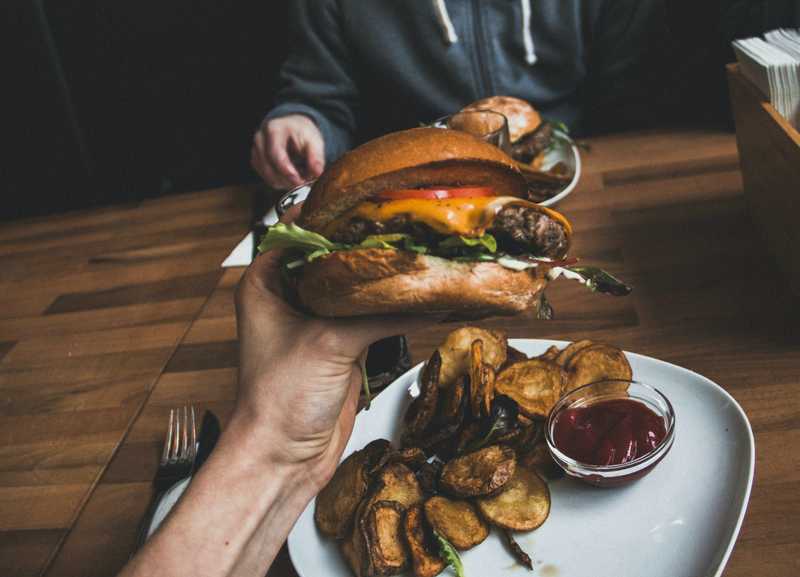One of cannabis’s most famous effects is an increase in appetite, otherwise known as the munchies. The munchies are firmly entrenched in popular culture, and most people who consume cannabis understand why that is. Especially when people first start experimenting with marijuana, that increase in appetite can make junk food taste like a six-course meal at a Michelin-starred restaurant.
That said, the mechanics of how cannabis affects appetite involves a lot more than just making you hungry.
FOLLOW US ON FACEBOOK & INSTAGRAM
THC Stimulates Appetite
Even though pop culture isn’t the most reliable source for cannabis facts, the munchies are very real. Interestingly, cannabis may have been used as an appetite stimulant as far back as 2,800 years ago. And now we’ve got scientific studies to back up what people have known for thousands of years.
In a study performed on mice, tetrahydrocannabinol (THC) increased how often subjects responded to the smell of food. If this holds true for people, it may be that THC influences how much we eat by making food smell and taste better.
In addition, THC actually supercharges the pleasure of eating. When people eat after consuming marijuana, the brain sends out jolts of dopamine. Increased dopamine during meals along with heightened sensitivity to taste and smell may make food taste better—and make us want to keep on eating.
This is why cannabis, particularly high-THC strains, are so good for treating cancer or HIV/AIDS. People with these conditions typically experience a loss of appetite and wasting of the body. Patients find that THC not only helps them feel hungry, but also feel well enough to eat and keep food down.
Even though THC can stimulate the appetite, these effects probably don’t last forever. For many people who’ve consumed marijuana for years, the munchies tend to become less and less prevalent.
THCV Suppresses Appetite
Since THC is the most prominent cannabinoid, its associated side effects—in this case, the munchies—are well-known. But cannabis contains other cannabinoids that can cause entirely different effects in the body.
RELATED: 5 MARIJUANA CANNABINOIDS YOU SHOULD KNOW
One cannabinoid in particular, tetrahydrocannabivarin (THCV), seems to suppress appetite. THCV, which is psychoactive, has been found to impart a more clear-headed high without the paranoia and elevated heart rate that some experience with THC. When consumed together, THCV has also been shown to counteract the classic THC high.
The problem is that most cannabis strains don’t produce much THCV, if at all. There are some strains, mostly sativas from Africa, that can have higher concentrations of THCV. Durban Poison is one of those strains. The presence of THCV may help explain why some strains seem to curb appetite while others don’t.
It’s possible other cannabinoids work together or separately to change people’s relationship to food. Hopefully, as researchers learn more about each of the 100-plus cannabinoids found in marijuana, we’ll get a clearer picture of how the plant affects appetite.
Cannabis Affects Us All Differently
Most strains with a high-THC content are going to increase appetite. However, whether that increase is large or small depends on how the cannabis that’s been consumed interacts with a person’s endocannabinoid system (ECS). Since the ECS is a complex regulatory network, isolating why the same strain of cannabis might affect two people in opposite ways is extremely difficult.
Still, if you’re looking for cannabis to help stimulate appetite, your best bet is to go with a high-THC strain. Just be aware that it will also impart psychoactive effects. If you’d like to consume marijuana, but not consume an entire pint of ice cream after its taken effect, select cannabis strains and products that contain THCV.
If you consume marijuana to stimulate or suppress appetite, let us know in the comments which camp you’re in along with what your go-to strain is.
Photo credit: Tristan Gassert
